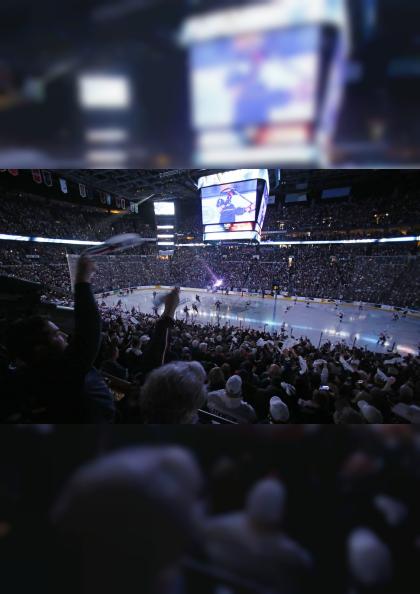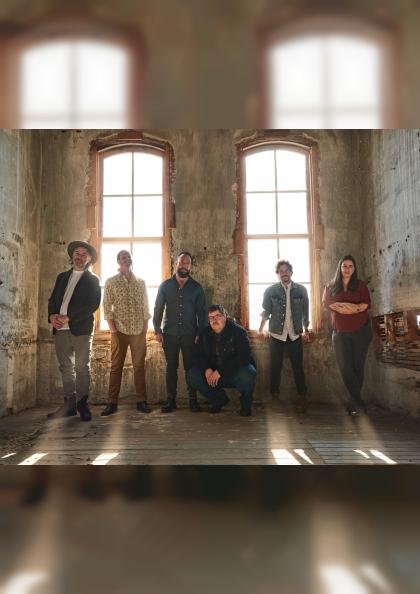Hydrogen Fuel-Cell Vehicles Everything You Need to Know
There are only about 15,000 hydrogen-powered vehicles on U.S. roads right now, and all of them are in California. Meanwhile, EVs are out there in the millions.
While electric buses are getting attention, with major manufacturers fastening on making them dominant by 2030, hydrogen vehicles are staying in the background for now.
Then there is what you need to know about what hydrogen buses are, how they work, and how likely it'll be that you will ever drive one.
You've likely heard a lot about electric vehicles recently, as well as news about legislation to reduce carbon emigrations from vehicles. But there is another kind of zero-emigration vehicle, one that emits only water vapor as it carries you down the road. That is the hydrogen energy-cell vehicle, related to an EV but with specific differences that make hydrogen buses different and important rarer.
Hydrogen buses presently Available
Since 2015, three hydrogen-powered buses have been offered for trade from three different auto companies: the Honda Clarity Fuel Cell, the Hyundai Nexo SUV, and the Toyota Mirai. But Honda has now discontinued all models of the Clarity, and Hyundai has vended smaller than 1500 Nexo SUVs so far.
Toyota, the company most devoted to hydrogen power as an volition to battery-electric vehicles, has vended roughly, 700 Mirai cruisers across two generations in the U.S. — however in some ages it resorted to substantial discounting to move them. (Honda doesn't break out deals of its Clarity Energy Cell model from the draw-in-mongrel and battery-electric Clarity performances).
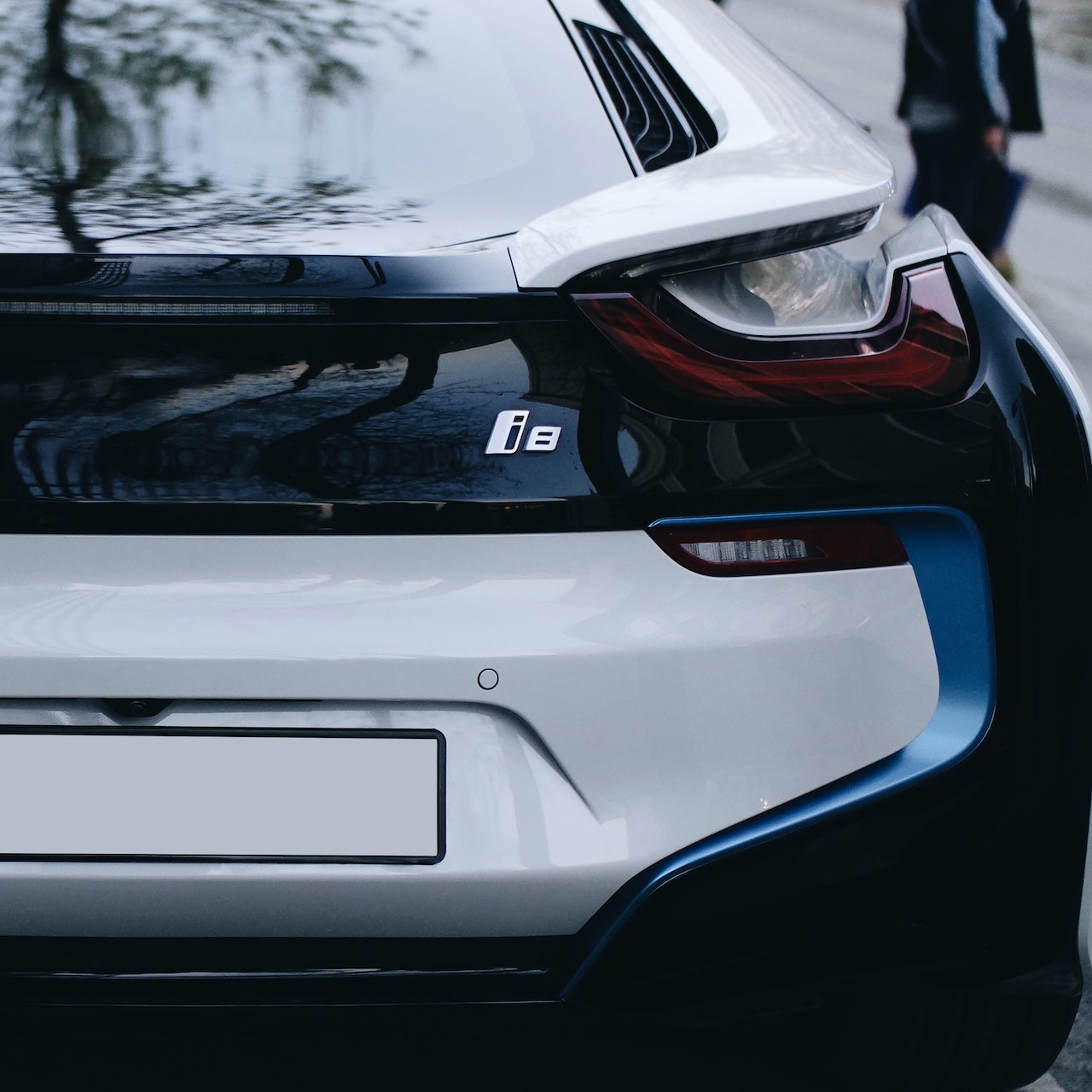
What's a Hydrogen Car?
A hydrogen energy-cell vehicle (HFCV for short) uses the same kind of electric motor to turn the bus that a battery- electric auto does. But it's powered not by a large, heavy battery but by an energy-cell mound in which pure hydrogen (H2) passes through a membrane to combine with oxygen (O2) from the air, producing the electricity that turns the bus plus water vapor. What this means is that an energy-cell vehicle is technically a series mongrel, which is why they're occasionally classified as energy- cell mongrel electric vehicles (FCHEV).
To scientists, hydrogen is not actually an energy but an energy carrier. Ignore that distinction, however, because HFCV motorists refill their vehicles' carbon-fiber high-pressure tanks at "hydrogen fueling stations" veritably analogous in conception to the old dependable gas station, with an analogous five- nanosecond refueling time.
You may hear that hydrogen is the most common element in the macrocosm. At the infinitesimal position, that is true but hydrogen is no way set up in its pure state. It's always combined with other rudiments. Its strong propensity to bind with anything in sight makes it a good energy carrier. Creating pure hydrogen for vehicles requires using a great deal of energy to "crack" an emulsion like natural gas( CH4) into pure H2, with CO2 as a derivate. (Utmost hydrogen moment is deduced from fossil energies like natural gas). Run through an energy cell, the hydrogen incontinently gives back that energy, in the form of electricity, as soon as it combines with oxygen. Out of the exhaust pipe comes only water vapor (H2O).

Behind the Wheel
In practice, the motorist of an HFCV will find the experience nearly identical to driving a battery- electric vehicle, though maybe not one of the brisk bones . There is no transmission, and the auto includes regenerative retardation to regain wasted energy as it slows down.
The challenge for automotive masterminds is that hydrogen energy cells are happiest at a steady power affair. That’s what makes them suitable for provisory power use, for example. But the power demands in the average auto vary by an order of magnitude, from a commodity like 15 kilowatts (20 power) to keep a vehicle at a steady trace speed on a flat road to maybe 10 or 20 times that quantum for maximum acceleration to 60 mph or advanced.
The energy car in the Toyota Mirai, the best-dealing hydrogen auto in the U.S., is rated at 90 kW (120 power). But that is not enough to accelerate onto a fast-moving trace, so Toyota (as do other HFCV makers) adds in a high- voltage low-capacity battery, veritably analogous to those used in gasoline-electric vehicles. It's there to supply supplemental power for short ages of violent acceleration, and it's recharged from either redundant energy-cell affair when the auto is cruising at a steady speed or via regenerative retardation when the auto slows. The three hydrogen buses vended in recent times all have EPA-rated ranges of 300 long hauls or further, however, like EVs, that range falls mainly at advanced pets.
Are Hydrogen buses Safe?
HFCVs are extensively considered as safe as any other auto; since the high-pressure tanks are designed to survive indeed the highest-speed crashes without oohing or violating. While hydrogen disbelievers routinely cite the Hindenburg explosion of 1937, the hydrogen tanks and their tackle would probably survive indeed if the rest of the auto were destroyed in a crash. No injuries or deaths specific to the hydrogen factors have been recorded in the fairly small number of HFCVs vended to date.
Pros and Cons of Hydrogen Fuel-Cell Vehicles
HFCVs have some of the same positive features as battery-electric buses; they’re smooth, quiet, and peaceful to drive — and they emit no carbon dioxide or other dangerous exhaust out their tailpipes, just water vapor. They also warrant the charging time problem that EVs have; it takes just five twinkles or so to refuel them for another 300- to 400-afar stint.
There are many disadvantages, still, the most grueling being the vacuum of hydrogen energy. While plans a decade ago called for California to have 100 hydrogen stations by now, in reality, the number is about 60.
Most problematic, not all those stations are online and available for fueling at all times. You can count the total number of "H70" green blotches in the real-time Station Status report maintained by the California Energy Cell Partnership to see how numerous are live at any given moment. numerous hydrogen motorists calculate on that app to collude their fueling stops before they venture out.
Hydrogen Fueling Stations
Fueling a hydrogen auto comes naturally over time, but aligning the heavy snoot and sealing it duly so the auto and pump can communicate electronically can bear some practice. moment's stations can frequently only energize two to five vehicles before they go offline for over to half an hour to repressurize.
As HFCV motorists in the San Francisco Bay Area discovered in June 2019, the structure for supplying hydrogen to retail outlets is veritably thin. An explosion cut off force to nine of the area’s 11 hydrogen stations, taking diesel exchanges to transport tanks of compressed hydrogen hundreds of long hauls from Southern California overnight.
Motorists who depended on their hydrogen vehicles to get them to work had to set admonitions for the atomic hours, in order to reaching a fueling station in time to get some of the limited hydrogen energy. Toyota ended up reimbursing several months of parcel payments to Mirai motorists across the state who couldn’t reliably use their buses.
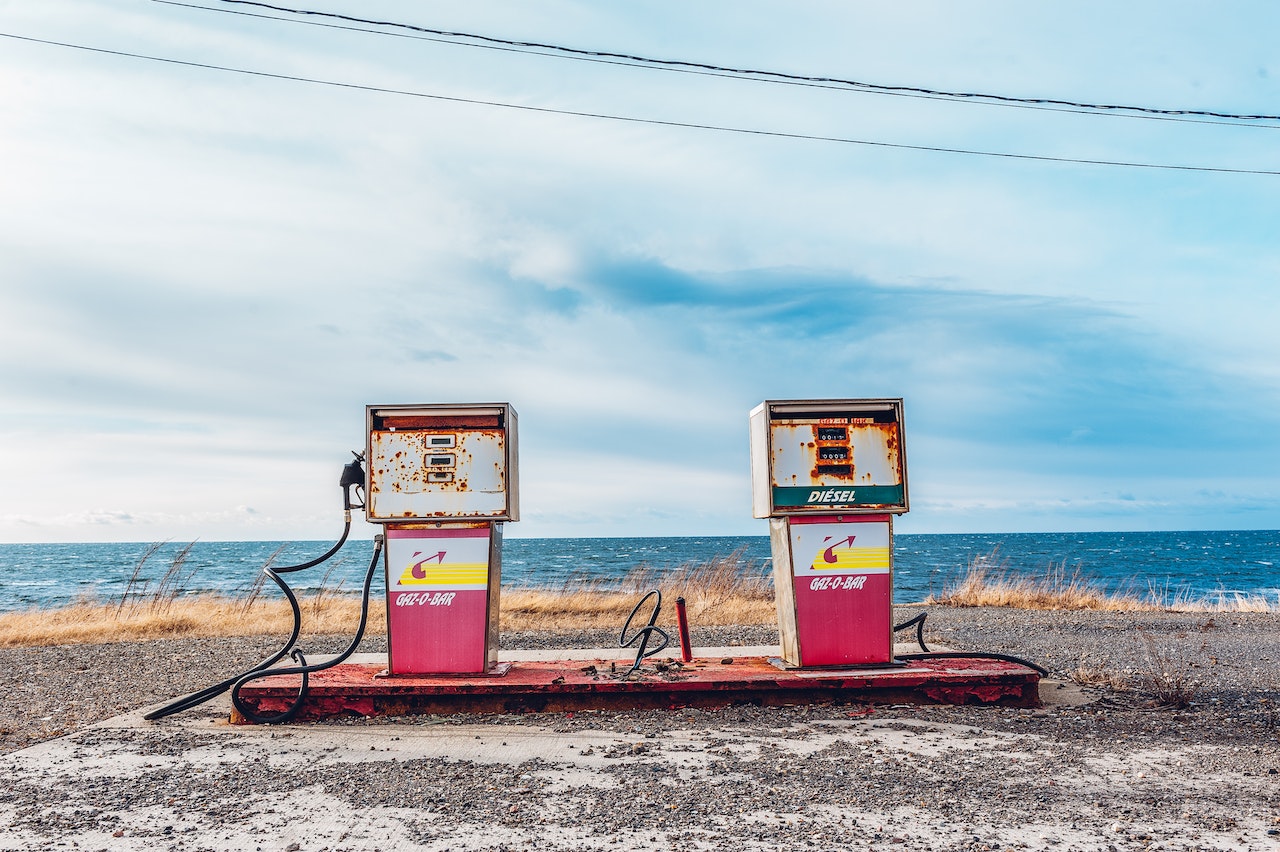
The main discrepancy, and biggest disadvantage, of hydrogen buses compared to EVs is that they are analogous to gasoline buses in that they can’t be “refueled” or recharged at home overnight. But unlike gasoline buses, for which there’s a well-developed set of further than 1,000 energy stations nationwide, hydrogen motorists are hugely dependent on both a dependable force of the gas itself and an available — and duly operating — grandly-pressure fueling station.
Cost of Hydrogen Fuel
With hydrogen energy a technical commodity for the general public, the small network of retail stations naturally charges high prices. To quote the California Hydrogen Business Council, presently, a kilogram of hydrogen costs between $10 and $17 at California hydrogen stations, which equals about $5 to $8.50 per gallon of gasoline to cover the same distance.
To neutralize this disadvantage, Honda, Hyundai, and Toyota have all offered their lodgers and buyers free hydrogen energy for colorful ages. Each manufacturer has a slightly different offer: A Toyota Mirai comes with over to $ 25,000 of complementary hydrogen, while a Hyundai Nexo includes the same$ 10,000 over a three- time parcel or over to six times of power.
After those offers expire, still, the motorist is on their own. And if hydrogen can be compared to gasoline at $5 to $8.50 a gallon, note that charging an EV overnight generally equates to gasoline at just $1 to $2 a gallon.
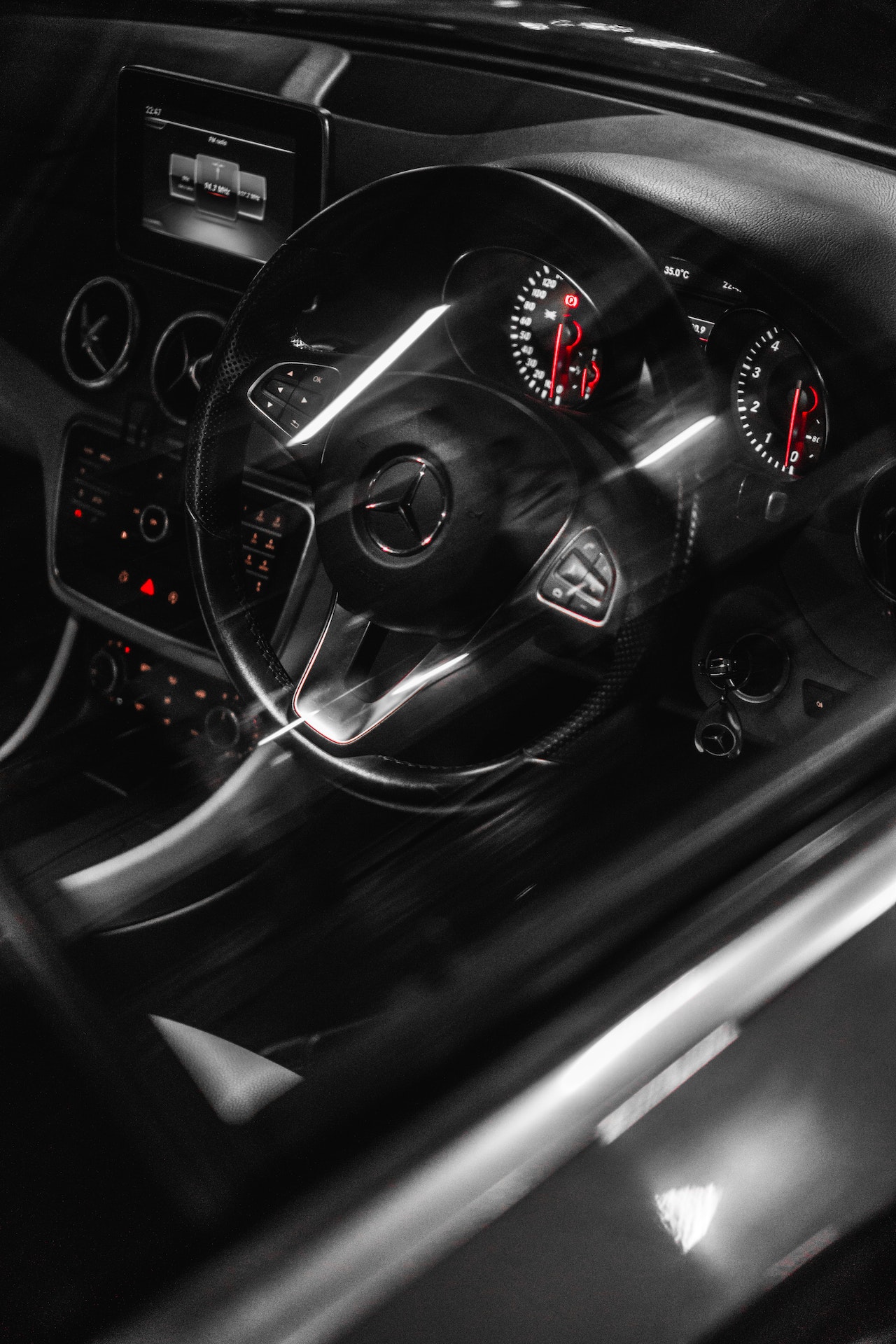
Servicing a Hydrogen Car
Like electric buses , hydrogen vehicles bear dealership service centers to exercise some special preventives. HFCVs have the same high- voltage battery packs as a mongrel, draw-in mongrel, or electric auto, but they also have one or further armored, carbon-fiber tanks to hold pure hydrogen under extremely high pressure 1,000 pounds per forecourt inch (psi), or 700 bar in metric.
Normal service for a hydrogen auto that doesn’t involve the hydrogen tanks, the energy-cell mound, or the plumbing that connects them is just like any other vehicle. But if any of those factors have to be handled, the state of California has a set of rules to insure any escaping hydrogen doesn’t run the threat of an explosion.
Those include largely draining the hydrogen tanks of their energy in specific types of out-of-door areas down from structures. The rest of the system is purified of all remaining hydrogen by flushing factors with colorful feasts, a process that takes between 30 and 180 twinkles.
The Future of Hydrogen buses
Still, and you’re interested in a zero-emigration vehicle powered by an electric motor, a hydrogen vehicle may be worth considering, If you’re in California. Creating a brand-new fueling network from scrape has proven to be far more problematic — both precious and unreliable — than automakers envisaged, and the energy is more dear for motorists than gasoline.
Lacking that hydrogen energy, delivered at 1,000 psi, an HFCV is no further than a large, precious doorstop. However, we’d suggest the future for passenger buses is more likely to be electric, If we had to guess.







